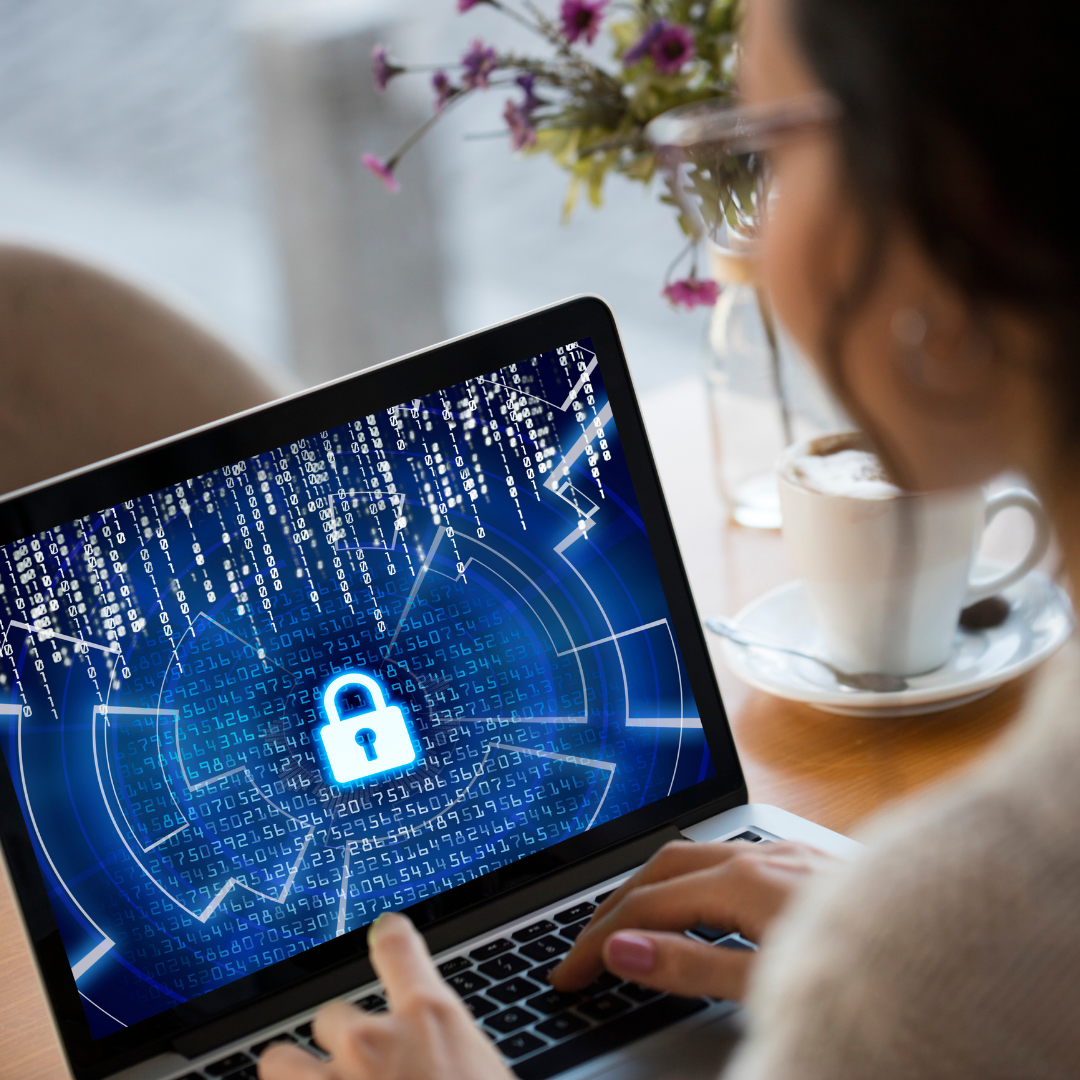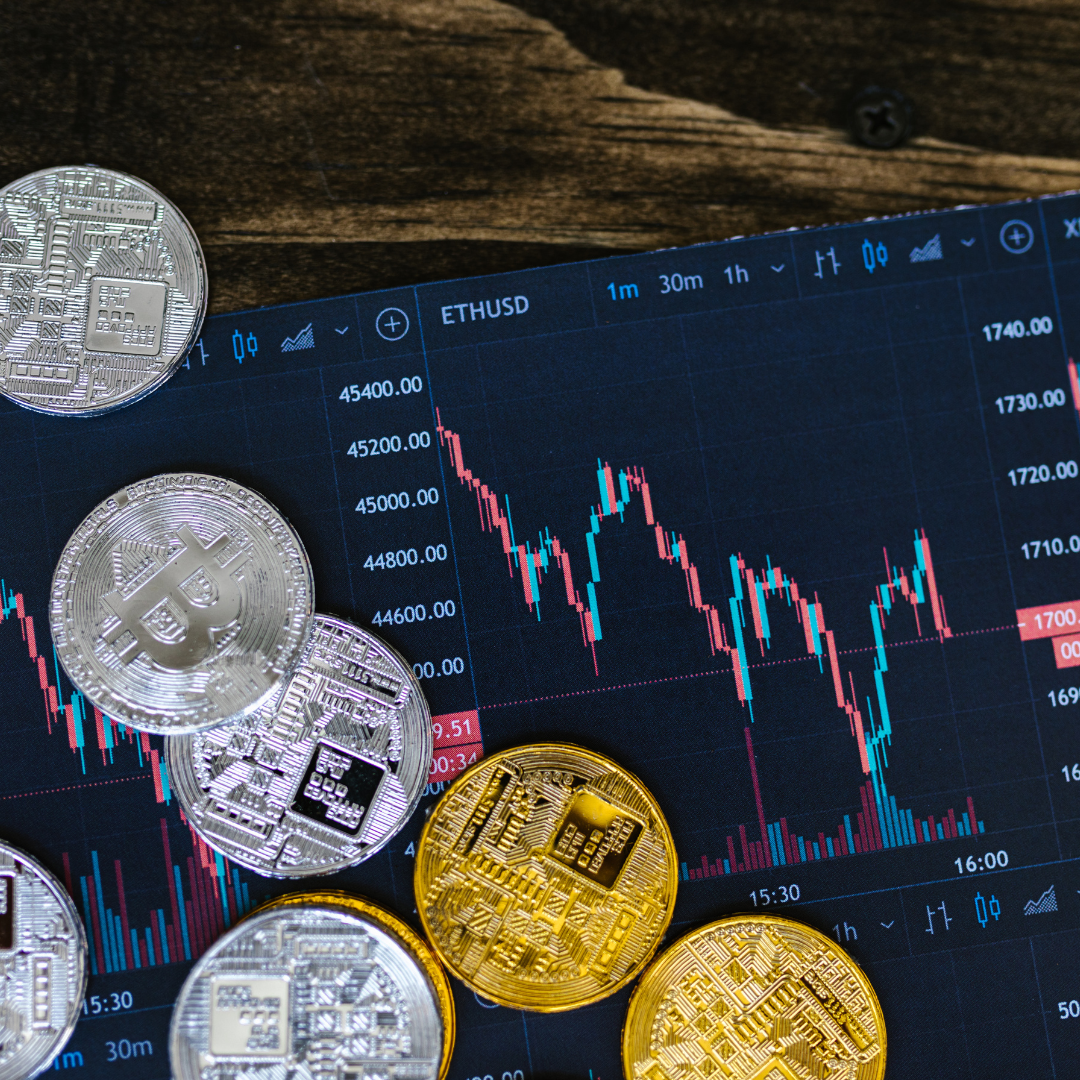Hackers are a growing problem. We’re seeing more attacks than ever before, not just from the usual suspects like Russia and China, but also from more organized groups. That’s why everyone involved in the tech industry must keep up with their cybersecurity game.
What is Cybersecurity?
Cybersecurity, which is the term used to describe the security of information and information systems, includes the protection of computers and networks from both physical and logical threats. That said, in order to protect computers and networks, businesses and individuals often opt for cybersecurity consulting— seeking the assistance of cybersecurity professionals to better understand the risks. They can provide an effective plan to help prevent, detect, and respond to new cyberattacks and threats.
Anyway, the term “cybersecurity” is used very broadly and covers a wide variety of security issues, from protecting personal information in an organization to protecting critical infrastructures, such as power plants and water treatment facilities.
Cybersecurity: What’s involved with this?
Cybersecurity is an ever-evolving field, and the threats are multiplying rapidly. The source of the threats is anything you can think of: The Internet of Things, software bugs, and human error. Add to that the fact that we are becoming more dependent on technology, and the aspect of insecurity becomes obvious. For example, we are very comfortable using our phones nowadays and tend to download a variety of applications without realizing that the application may store our personal data. This data breach has the potential to have far-reaching consequences. However, you can avoid these data breach scenarios by implementing Mobile application security testing, which can test the applications and precisely reveal and qualify behaviors and vulnerabilities, as well as offer mitigation options.
Also, cybersecurity is a rapidly growing industry that some businesses have taken a heavy interest in. Governments, private companies, and individuals have to be aware of the threat that cybercriminals pose to the security of their systems because hackers can cause serious damage to an organization’s infrastructure and reputation-and can potentially lead to a backlash against the business in the form of lost revenue, labour and production, and even government scrutiny. Due to potential threats like this, businesses may need to be aware of privacy-related legal risks and how they may apply to their business. In order to respond to rapidly evolving global threats to data assets, companies should enlist the help of cyberlaw lawyers from Sidley Austin or similar law firms that can guide them through data security crises of all sizes.
What are the Different Layers of Cybersecurity?
Cybersecurity is an intense, high-pressure field. It’s full of big promises and fast-moving developments. It’s also full of hype. In recent years, the idea that cybersecurity is a unique field of study has been challenged. And, with the growing number of complex applications that require more layers of protection-such as cloud computing-the field is growing by leaps and bounds. Today, the field has been divided into layers.
Here are the 7 layers of cybersecurity:
- Perimeter security is one of the layers of cybersecurity. One of the many challenges of cyber-security is to prevent adversaries from directly attacking our systems. This direct attack is the easiest to identify, but it is not the only kind of attack that can compromise your network. For instance, an adversary may try and insert a Trojan into your system to listen to your conversations or steal your credit card details.
- Network security is the way we secure a network. Network Security is a group of hardware and software (including firewalls, anti-virus, and other security-related systems) that protect the computers, networks, files, and other devices on a network from unauthorized access, use, and modification of data.
- Data security is a subject that is not always a part of the conversation around cybersecurity. For example, people may say, “it is important to secure your data,” while they don’t understand what is involved and how to do it. Data security consists of the protection of data and the confidentiality of data. When data is protected, it makes it more difficult for someone to misuse or manipulate this data so that the party that owns the data would not be happy with it. This is probably the reason why many organizations tend to rely on the security features offered by reputable data security solutions like Cyral (you can hop over to this site) so that they can protect their data securely from any kind of fishing practices.
- The Human layer – As people become more and more dependent on technology, new threats will continue to arise that could threaten their health, privacy, and financial information. The human layer is one of the layers of cybersecurity, which uses a combination of technical solutions, personnel, and processes that protect your information and the information of others.
- Application security is considered one of the most important layers of cybersecurity. Application security is the only layer that can completely prevent a threat from ever reaching a system.
- Mission-critical assets are some of the highest value assets. These are essential assets that can bring the company to its knees if they are lost or stolen. They include intellectual properties, payment cards, and banking transactions, supply chain data, physical property, customer profiles, etc.
- Endpoint security – One of the most important aspects of any cybersecurity program is making sure that endpoints are protected. Endpoints are devices that connect to the network, allowing users to connect to the network, access applications, and make changes to the data. You don’t want just to patch or update endpoints, but make sure they are protected in the first place.
It is easy to lose track of the term “Cybersecurity” in the chaotic world of rapidly changing technology. The importance of cybersecurity cannot be understated and is one of the most important yet unrecognized layers of cybersecurity. We need to understand why networks and devices are so vulnerable and how to keep them safe.




